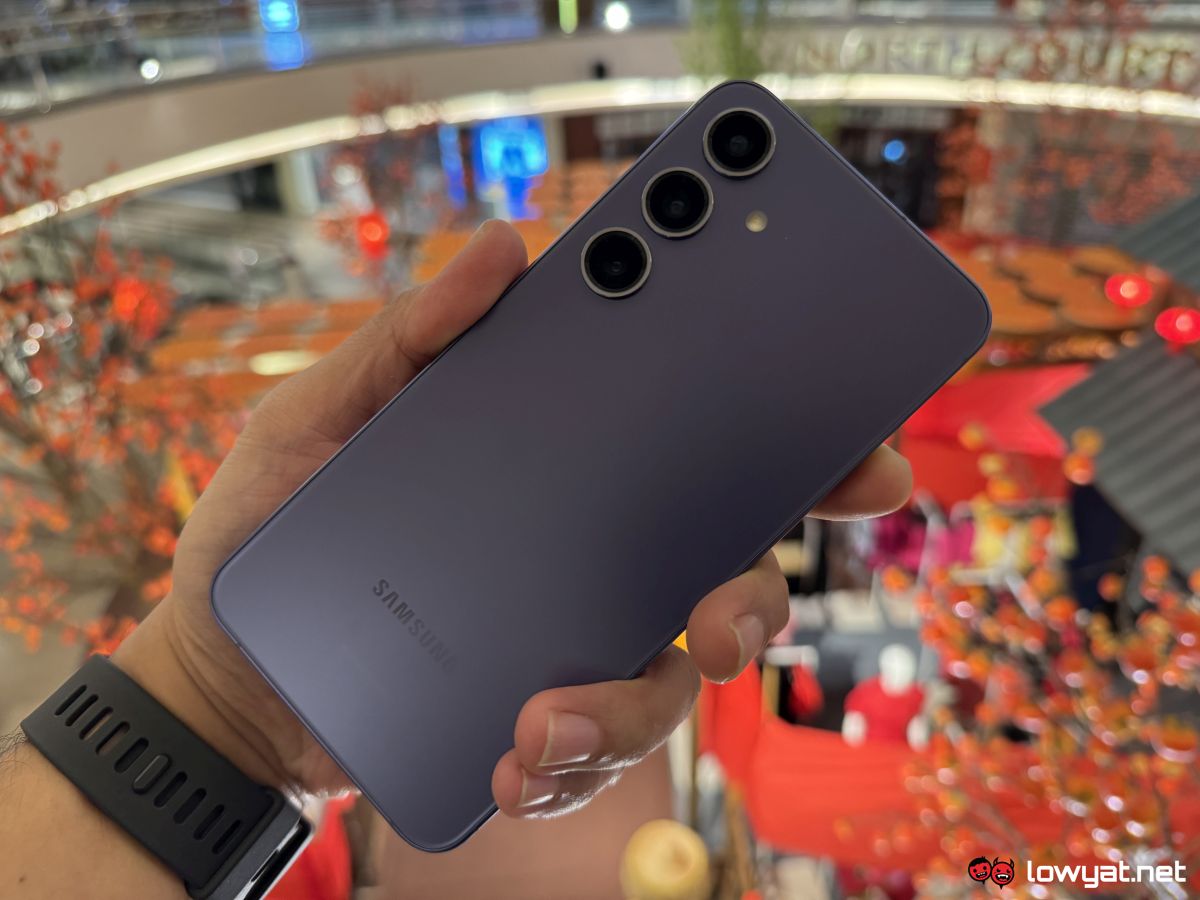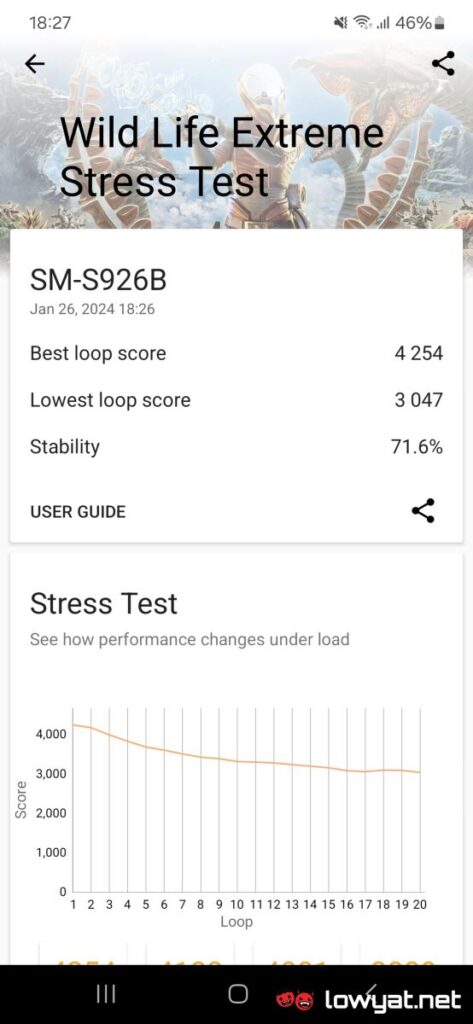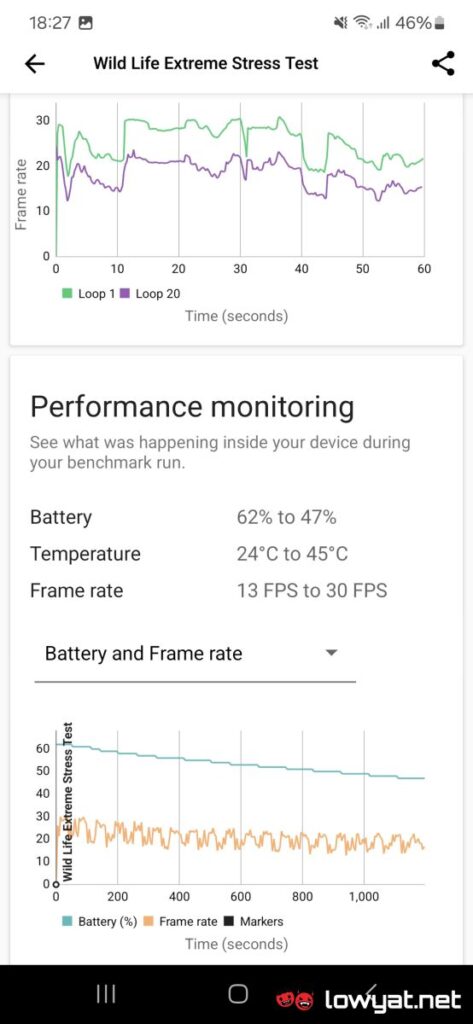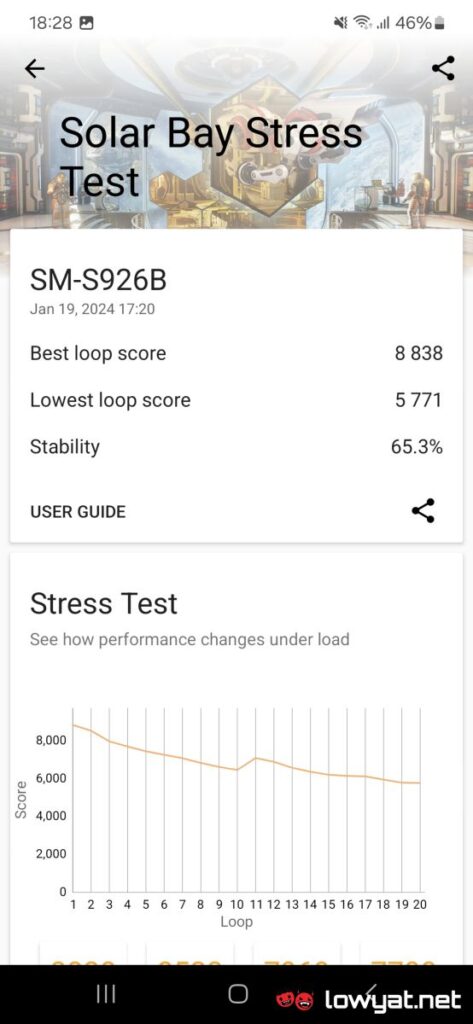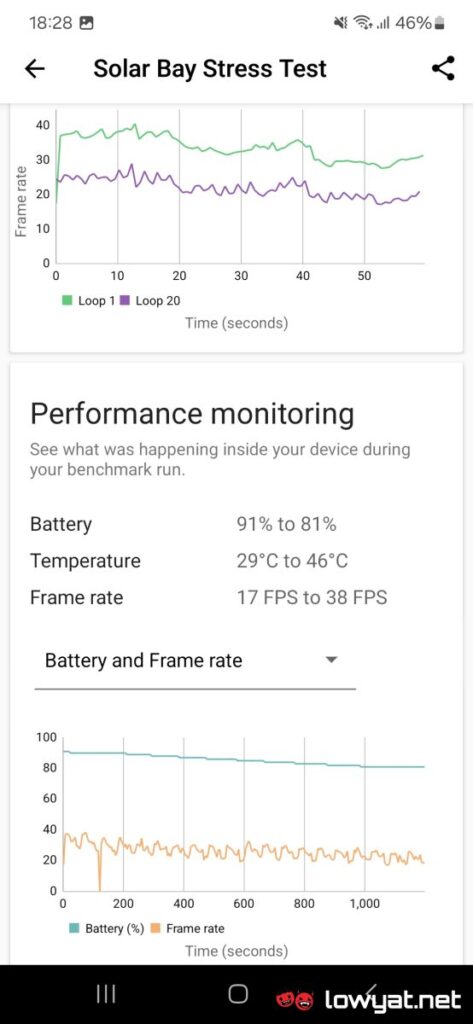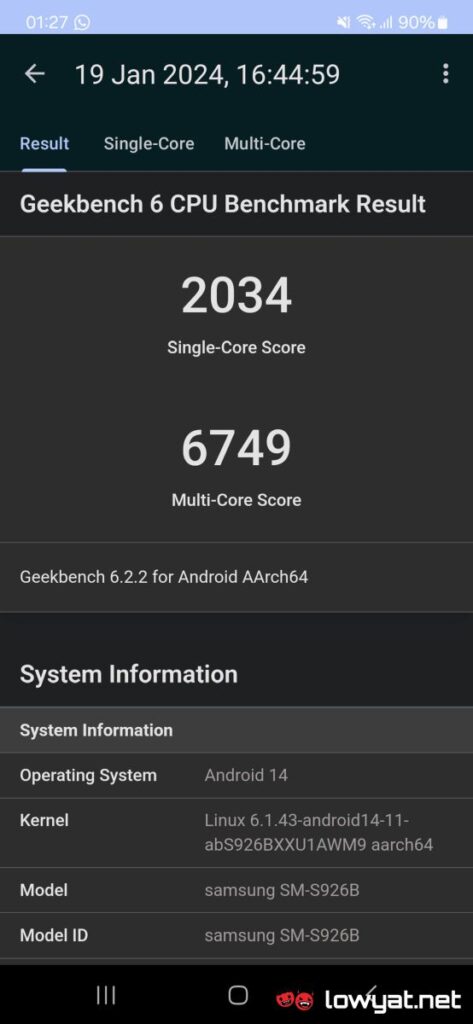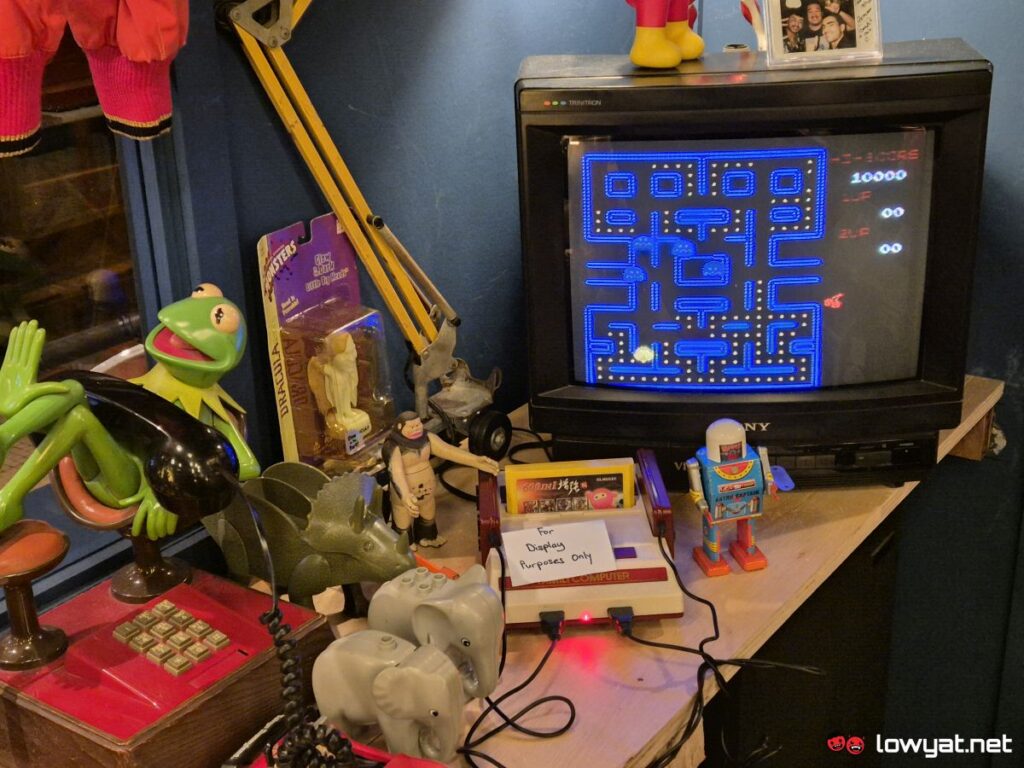The Samsung Galaxy S24+ boasts a good number of improvements over its predecessor, including a slightly larger display with higher resolution, more battery capacity, and a new chipset. Of course, there’s also the new Galaxy AI, the brand’s on-device generative AI system which serves the main selling point for all models under its 2024 flagship smartphone line-up.
Being the in-between model of the three, the Plus variant is technically viewed as the general option due to its size and price range. Starting from RM4,899, is it viable choice for experiencing the all-new Galaxy AI feature?
Specifications
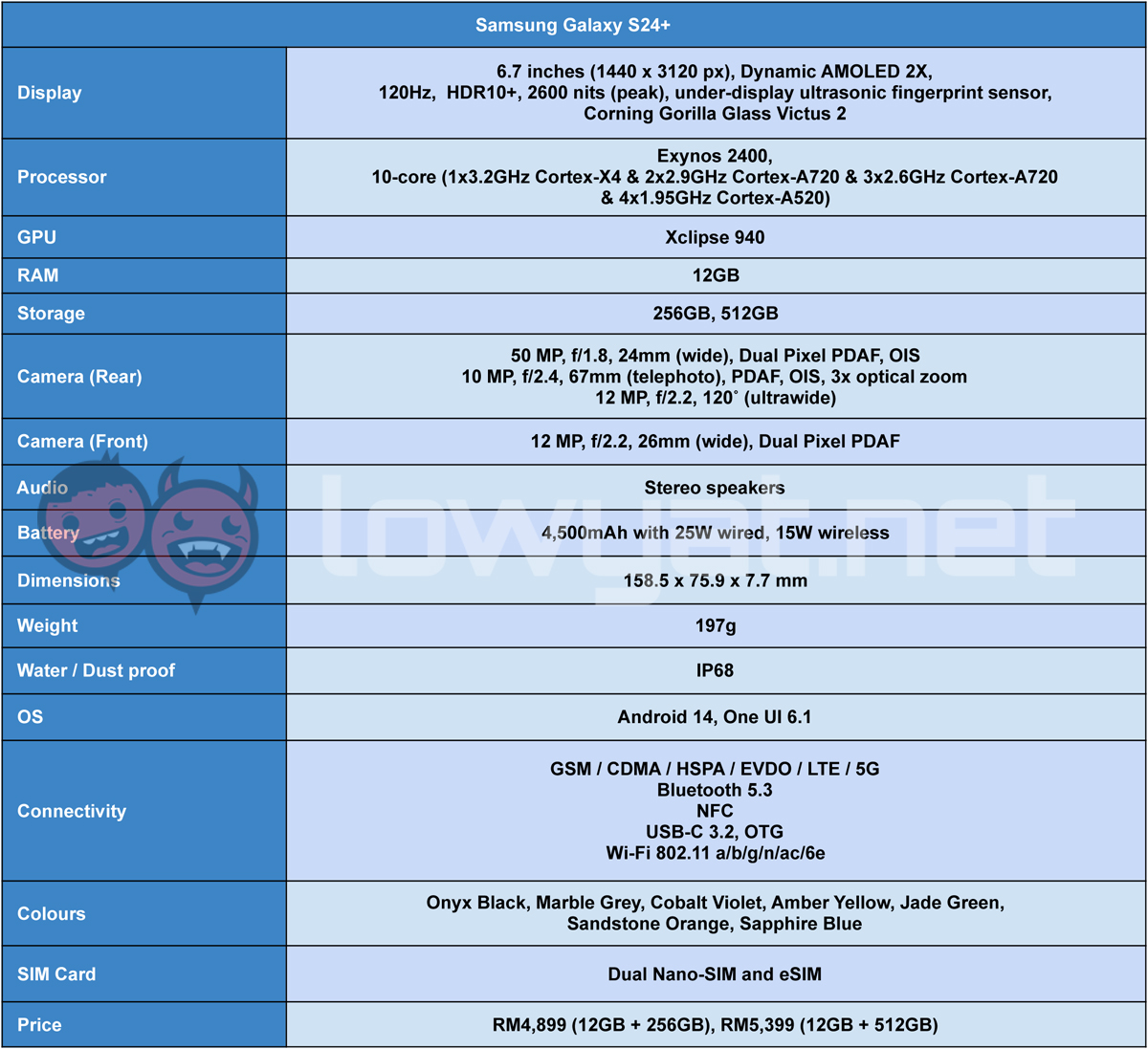
Looks And Functionality
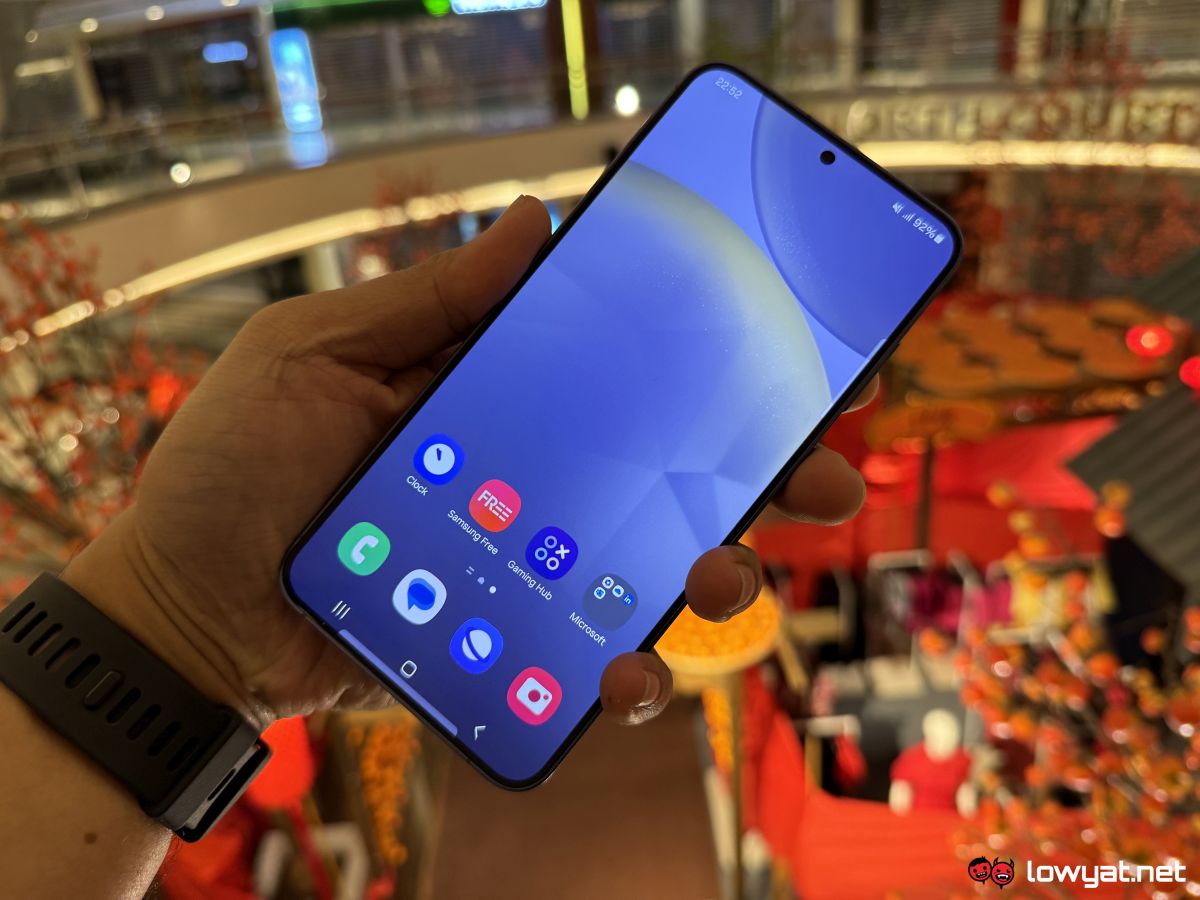
As mentioned in my hands-on article from before, the new Samsung Galaxy S24+ appears no different from its predecessor, especially in terms of design. This shouldn’t be an issue for newcomers, but those looking to upgrade from last year’s model or hoping for a fresh new look will be disappointed.
Despite the somewhat recycled appearance, the phone feels good in hand. It has a nice weight and grip, while the materials used are quite sturdy. Of course, using a case is still recommended, though you’ll need to purchase one separately as Samsung no longer includes extra accessories in their packaging. There’s also its onboard IP68 water/dust resistance rating and Corning Gorilla Glass Victus 2 protection which are much appreciated.
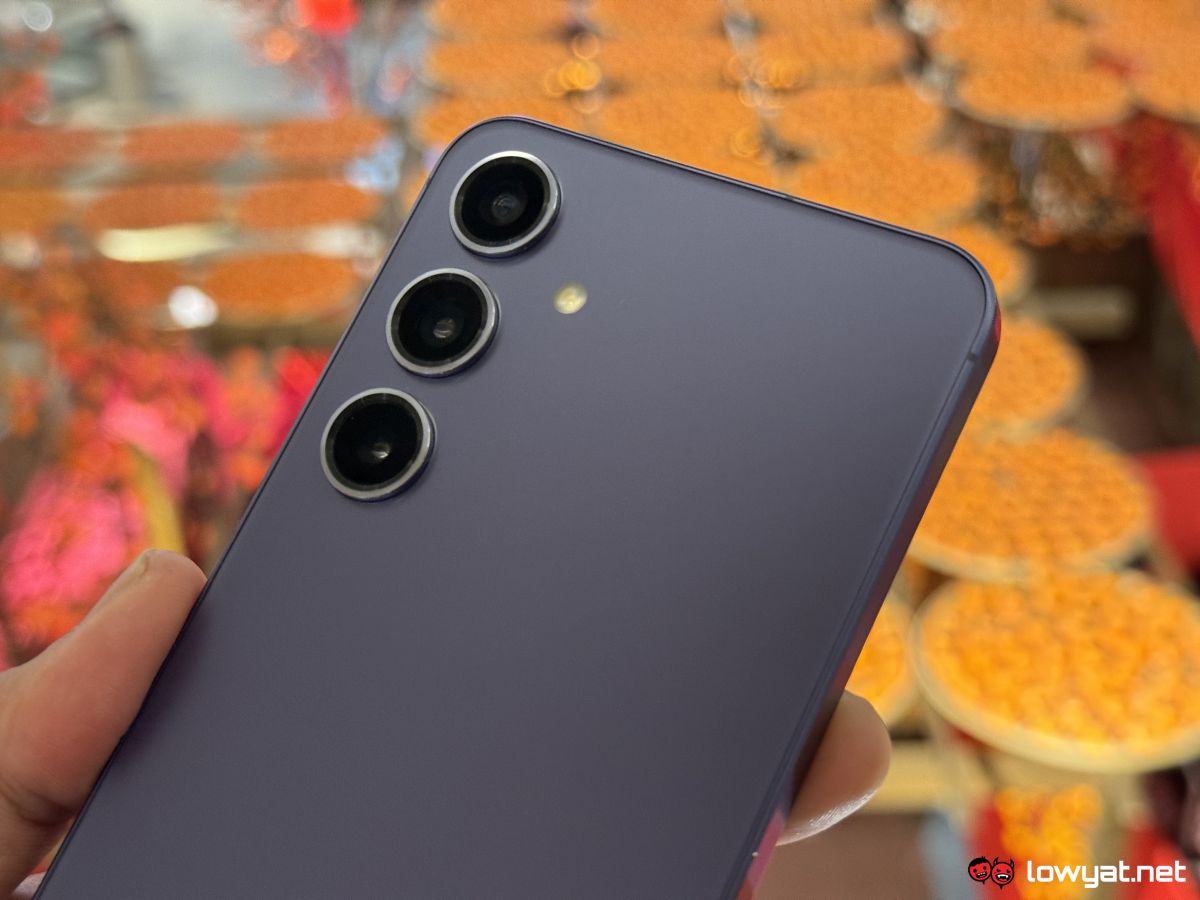
Eagle-eyed observers may have noticed that the Galaxy S24+ has thinner bezels than last year’s model. In fact, Samsung has actually increased the screen size to 6.7 inches, while the resolution has been boosted to 1440 x 3880 pixels, allowing for a much richer viewing experience while watching high resolution videos and gaming. Unchanged from the phone’s predecessor is the 120Hz refresh rate and the ultrasonic under-display fingerprint sensor, though the screen’s peak brightness has been increased to 2600 nits.
The onboard One UI 6.1 isn’t outstanding in visual appearance, but it is still one of the better Android-based platforms around, especially in terms of user-friendliness and practicality. Of course, the biggest highlight this time around is the inclusion of Samsung’s all-new Galaxy AI, which does add more depth in functionality.
However, not all of the features offered by the system are something that many would use on the regular. For instance, tools offered under Note Assist and Writing Assist are most of the time optional, and it wouldn’t be surprising if they ended up forgotten or underutilised once their novelties expire.
The likeliest feature to be revisited by users would be the built-in translation tools, though I reckon not many will actually utilise the Phone app’s Live Translate feature. Let’s be honest, as useful as it is, how often do you find yourself calling someone who doesn’t speak the same language?
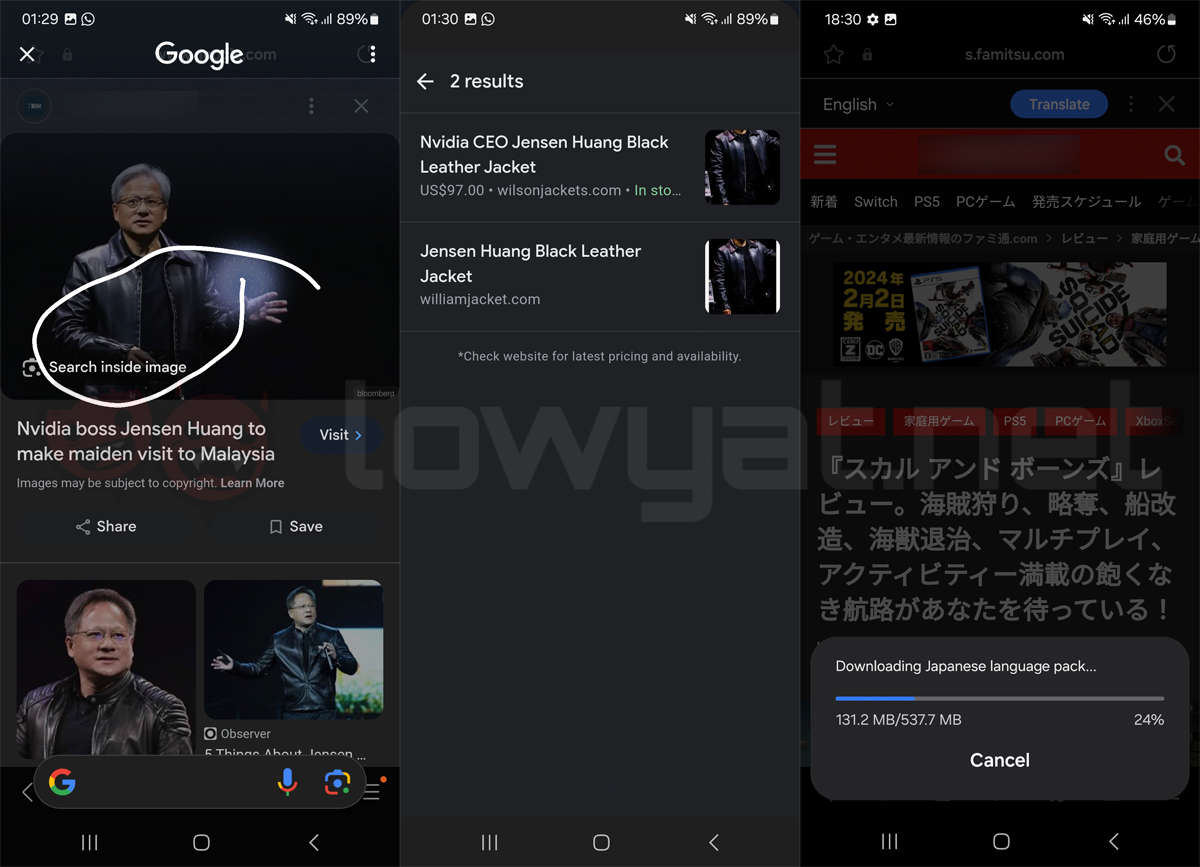
Another thing to note is that most language packs are not on-device and will require downloading. Each one is about half a gigabyte in size, so a Wi-Fi connection is highly advised.
Perhaps one feature I do find myself using more frequently is Google’s Circle to Search, which is actually not exclusive to the Galaxy S24 series. Nevertheless, it is definitely useful especially when you’re visually searching for something very specific, such as figuring out which jacket NVIDIA CEO Jensen Huang is sporting in some photos.
Performance And Battery
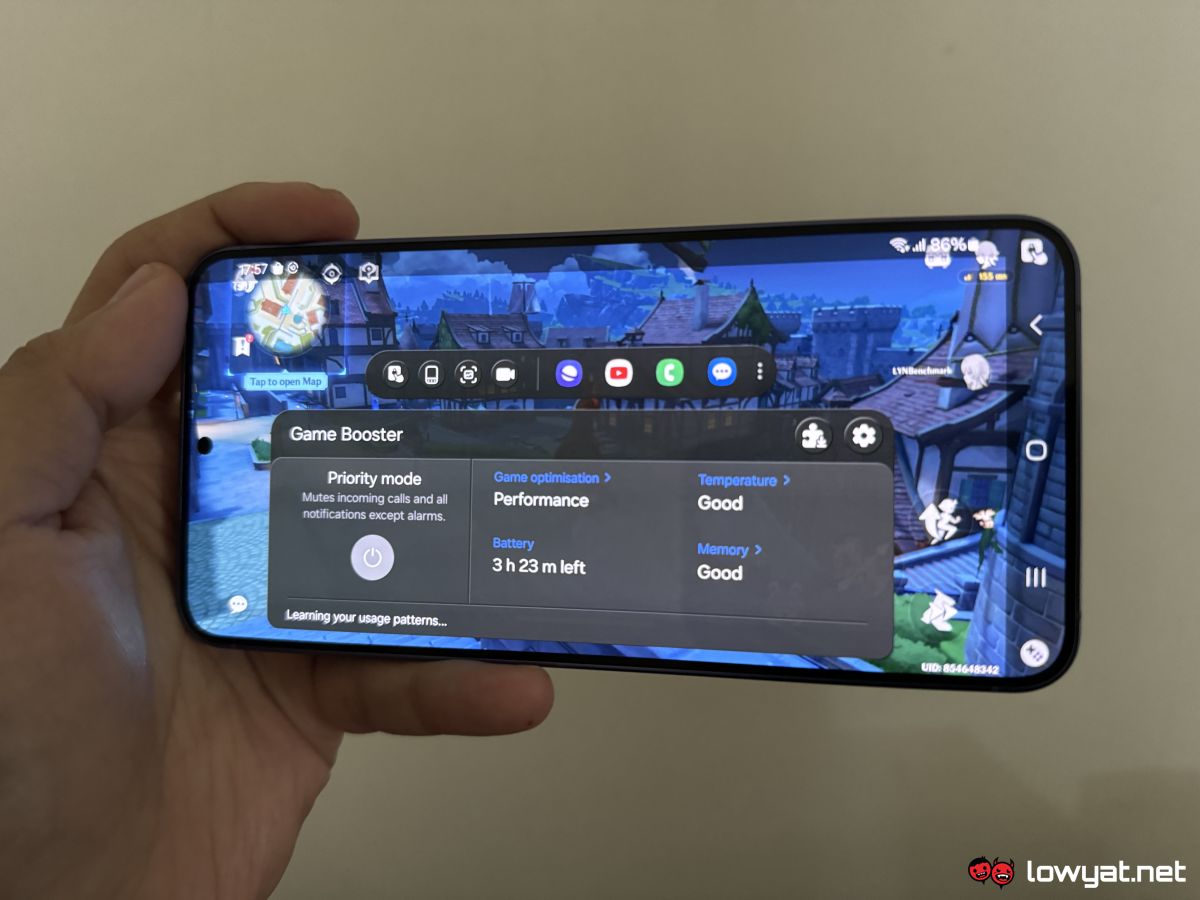
Ah yes, the burning question. Is the Exynos 2400 the bane of the Galaxy S24 series, or will it change everyone’s perception of Samsung’s first-party chipsets?
For one thing, the Exynos 2400 is a much better processor than its predecessor, as well as last year’s Qualcomm Snapdragon 8 Gen 2. Performance scores on benchmarks such as 3DMark and GeekBench 6 are commendable, especially on the Galaxy S24+, which isn’t too far off from the mightier Snapdragon 8 Gen 3 for Galaxy chipset featured on the Ultra variant.
In actual use, the phone can easily tackle day-to-day apps and multitasking like a champ though, to be fair, this is a feat that any device with an upper midrange chip or above could easily pull off these days. As for gaming, the Exynos 2400 actually performs very well when running titles such as Genshin Impact on the highest settings, and is capable of maintaining high frame rates in most situations. Impressively, the amount of heat generated while gaming is low, and the only time I’ve experienced a temperature climb on the S24+ is when I’m running benchmarks.
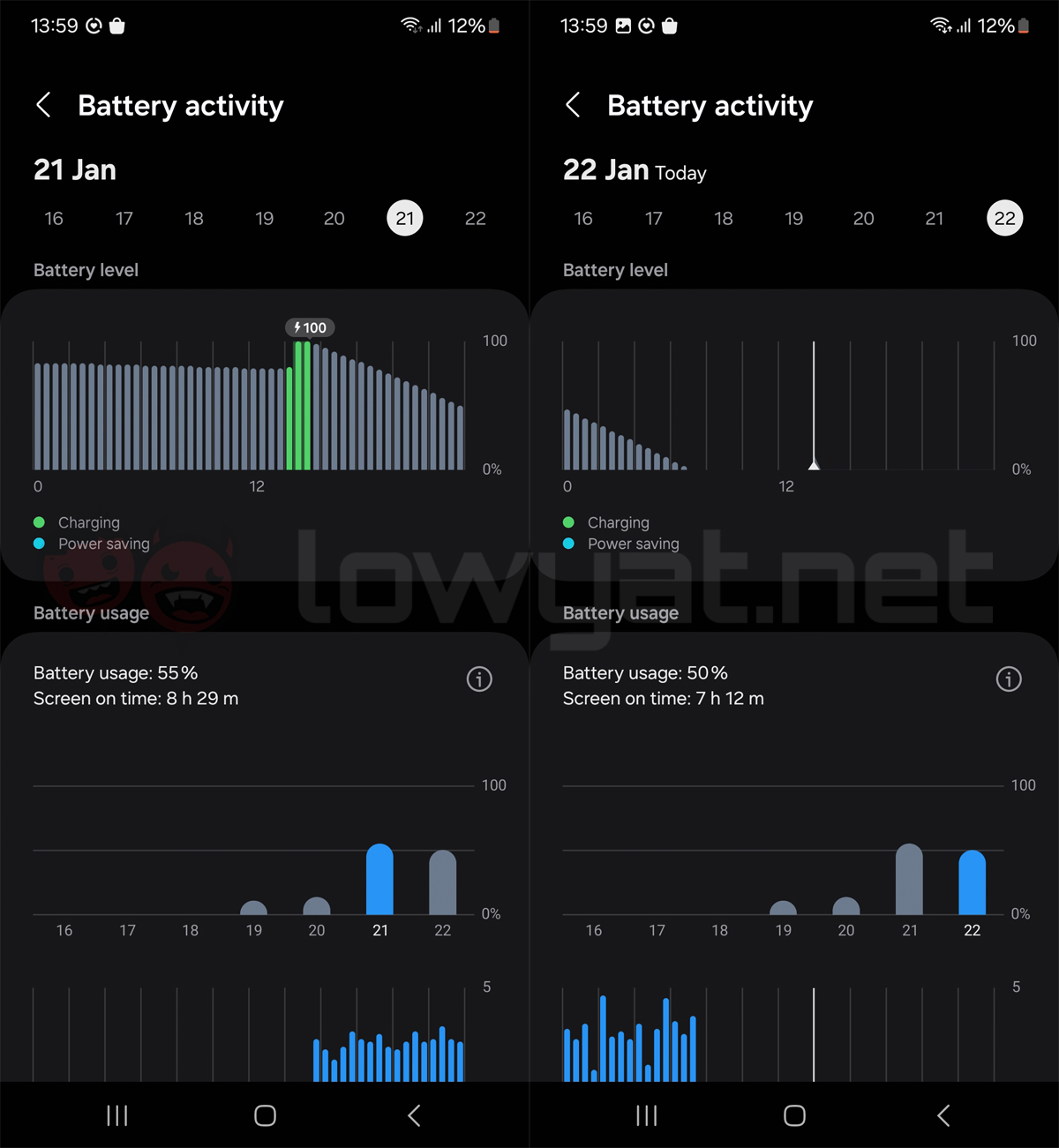
However, Samsung’s latest first-party chip isn’t battery efficient, at least the one equipped on the Galaxy S24+. Bafflingly, the phone only manages to last over 16 hours after running our video loop test, falling way behind the vanilla model’s 25-hour record. Keep in mind that both devices feature the same Exynos 2400 processor, while the Plus actually packs a larger 4,900mAh battery. If anything is to be blamed for this inconsistency, it is likely the chip’s poor optimisation on this particular model.
Fortunately, results differ when using the phone as a daily driver. Using it mostly for messaging, music and light gaming, the Galaxy S24+ manages to push close to two days on a single charge. On that note, its built-in 45W fast charging support allows for a full top-up in under 60 minutes.
Camera
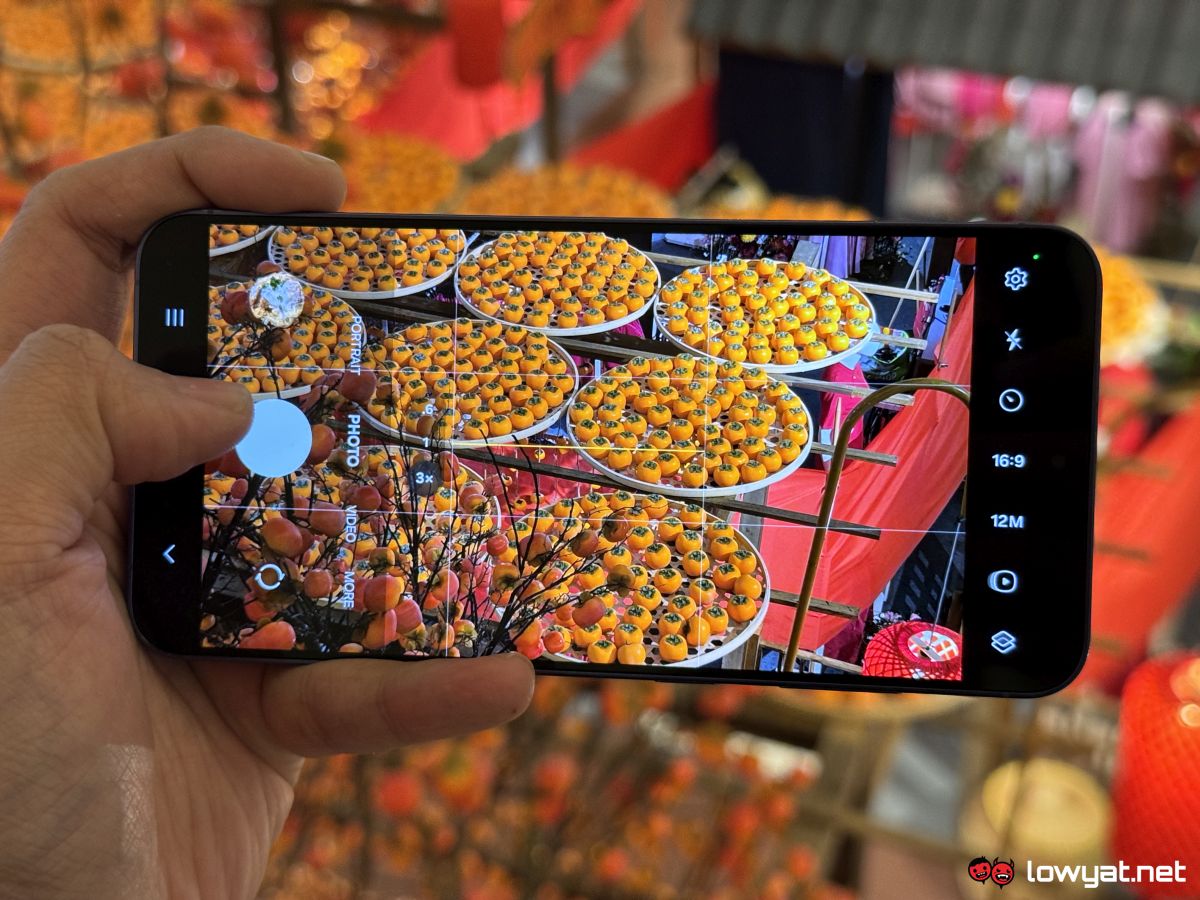
The Galaxy S24+ features a rear camera setup helmed by 50MP primary, followed by a 10MP telephoto with 3x optical zoom, and a 12MP ultra-wide. If these sound familiar, that’s because it is the exact same array as last year’s model, but with some minor tweaks.
One of said tweaks include the improved AI-powered enhancements for shots taken with digital zoom, Nightography, and Portrait modes. These help preserve details to some degree, though don’t expect things to look crisp when shooting in a combination of modes.
All-in-all, the cameras on the Galaxy S24+ are capable of producing decent-looking photos, especially in well lit conditions. However, even with improved AI enhancements, the difference in image quality isn’t that significant when compared to its predecessor.
For those who like to spend time editing their photos in post, the Galaxy AI’s Generative Edit is a feature that you’d definitely appreciate. It can help you fill up gaps when you straighten an image or erase an object, as well as remove shadows and reflections. As cool as this feature sounds, you’ll need to be online in order to utilise all of its tools.
Sample Images
Competition
Samsung Galaxy S23+
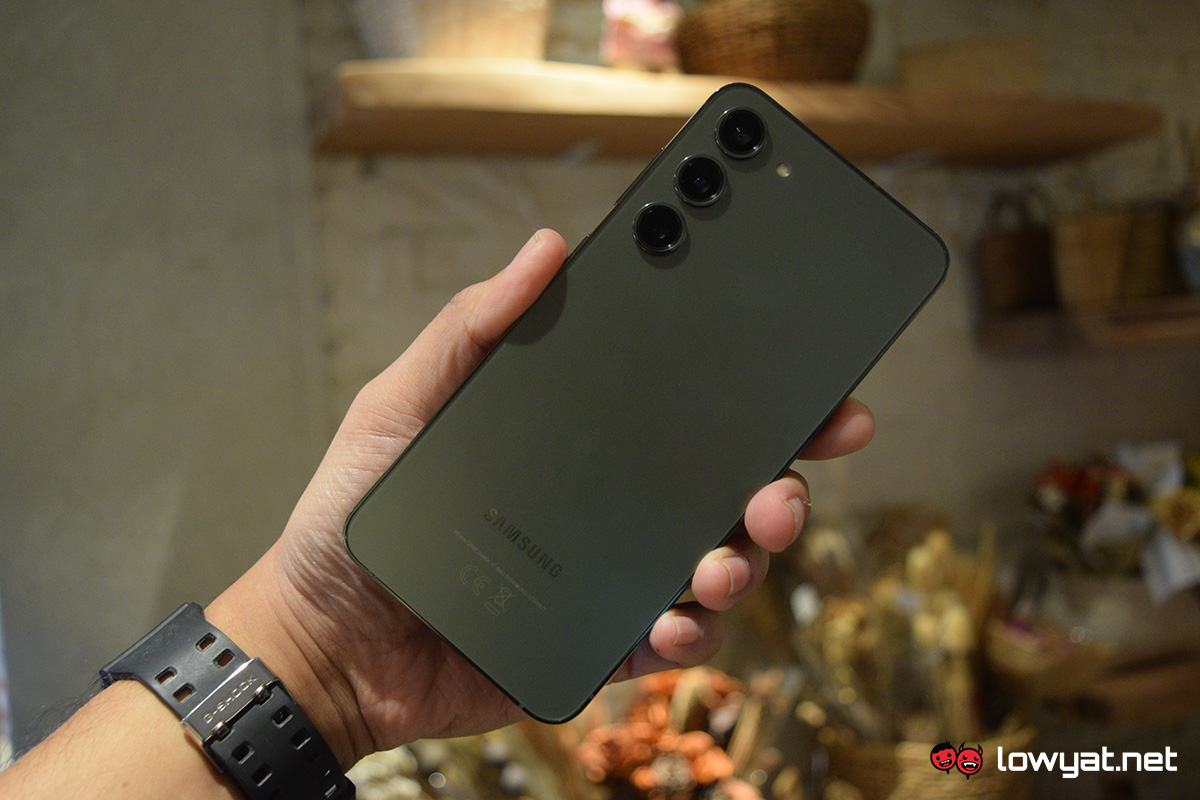
As mentioned earlier, what sets the Galaxy S24+ apart from its predecessor is the new chipset, bigger battery, slightly larger display, and the addition of Samsung’s new Galaxy AI feature. If none of these matter to you, at least for now, then last year’s model is still capable of fulfilling most of your needs as a daily driver.
According to its listing on Samsung’s official online store on Shopee, the Galaxy S23+ currently retails at RM4,699 for the 8GB + 256GB configuration. However, stock is currently limited, so you may want to act fast if you plan to secure this particular model.
iPhone 15 Pro
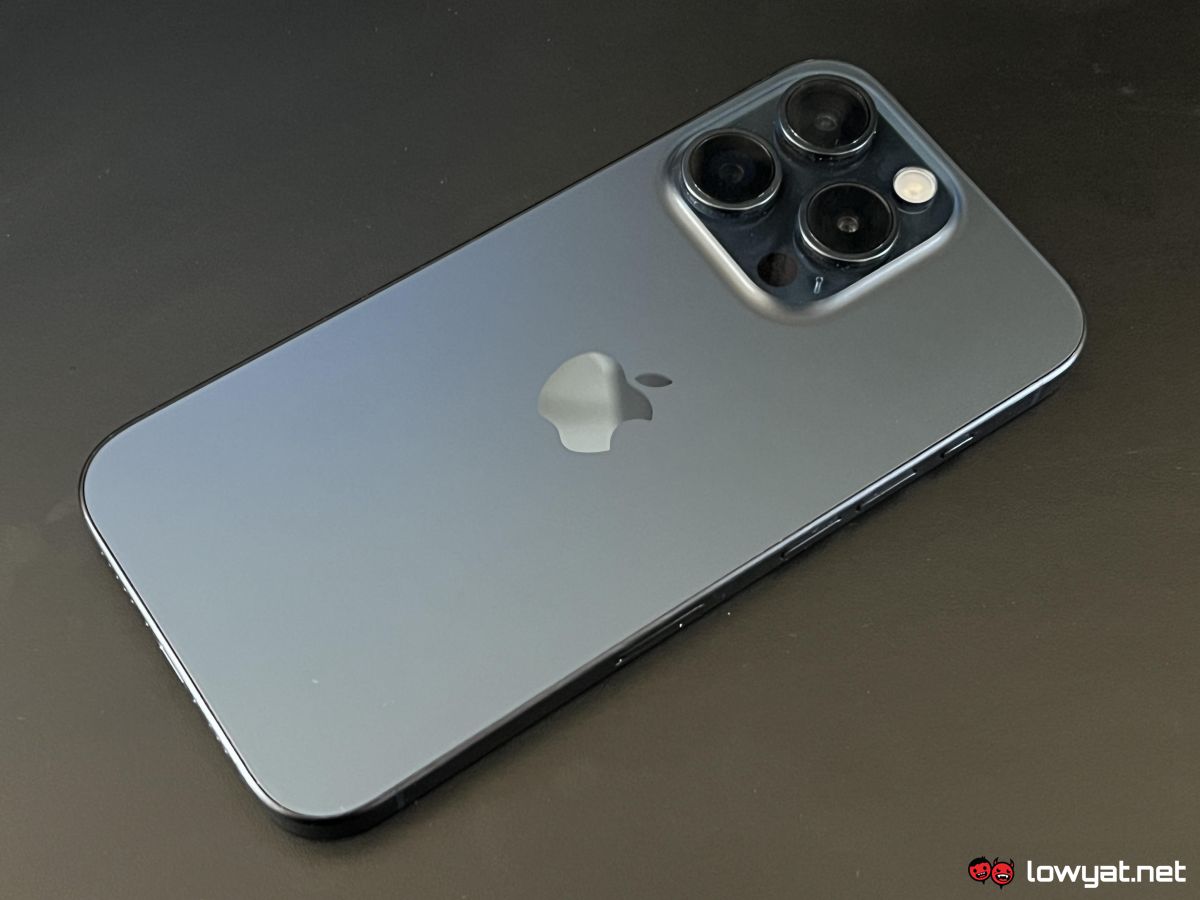
Despite belonging to a completely different ecosystem, iPhones are naturally perceived as every Android flagship’s favourite adversary. For the Galaxy S24+, it’s the iPhone 15 Pro.
Unlike its South Korean rival, the Apple smartphone sports a 6.1-inch Super Retina XDR OLED display and a smaller battery capacity, but packs the company’s latest A17 Pro chipset as well as a Titanium frame. It’s also more pricier, coming in at RM5,499 for the 128GB configuration.
vivo X100 Pro
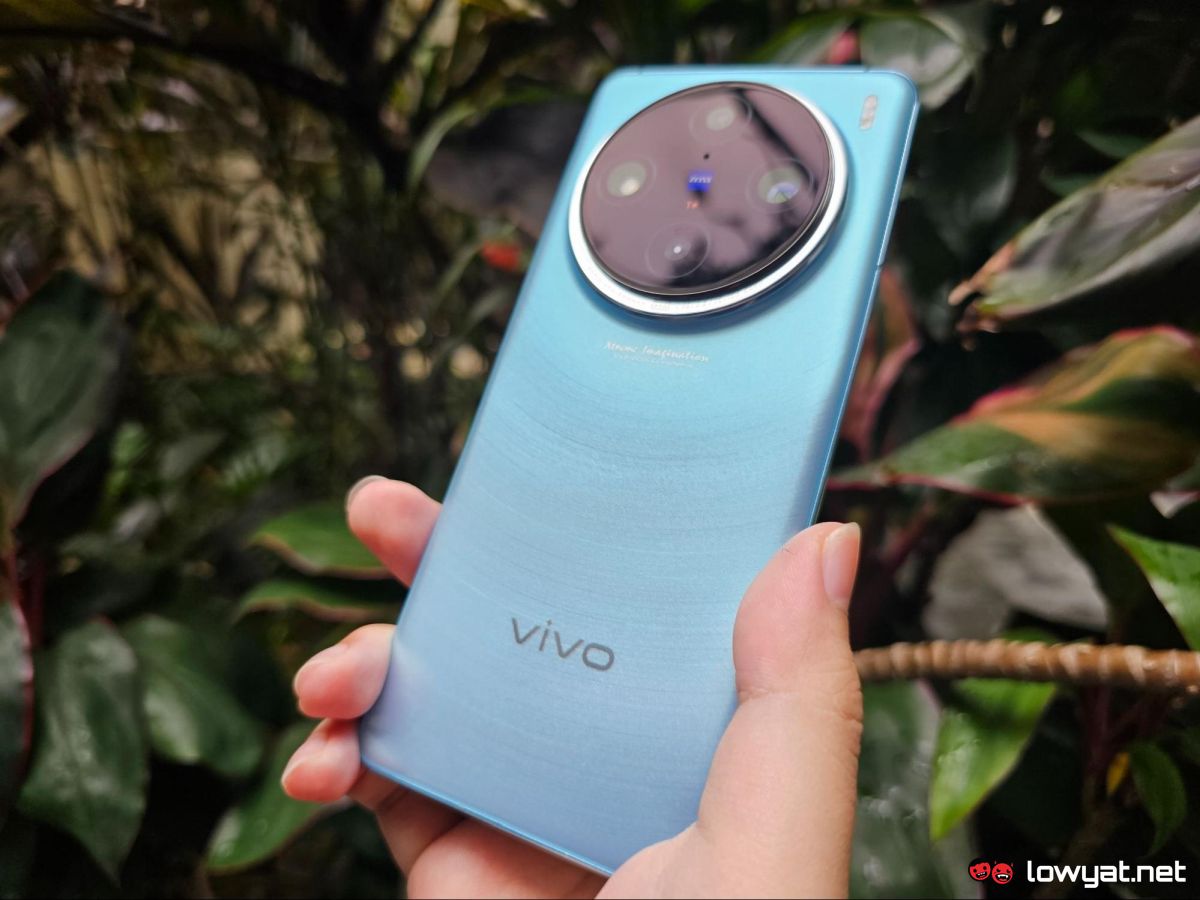
And now for something more recent, the vivo X100 Pro. The phone is vivo’s latest flagship, packing a 6.78-inch 2,800 x 1,260 120Hz screen, a MediaTek Dimensity 9300 chipset, 16GB of RAM, 512GB of storage, and a 5,400mAh battery. Meanwhile, its camera setup consists of a 50MP primary with a one-inch sensor, a 50MP ZEISS APO, and a 50 wide-angle shooter.
The vivo X100 Pro is priced at RM4,599. If you don’t mind having a smaller 50MP primary sensor, then perhaps the more affordable RM3,499 vanilla model may suit your fancy instead.
Conclusion
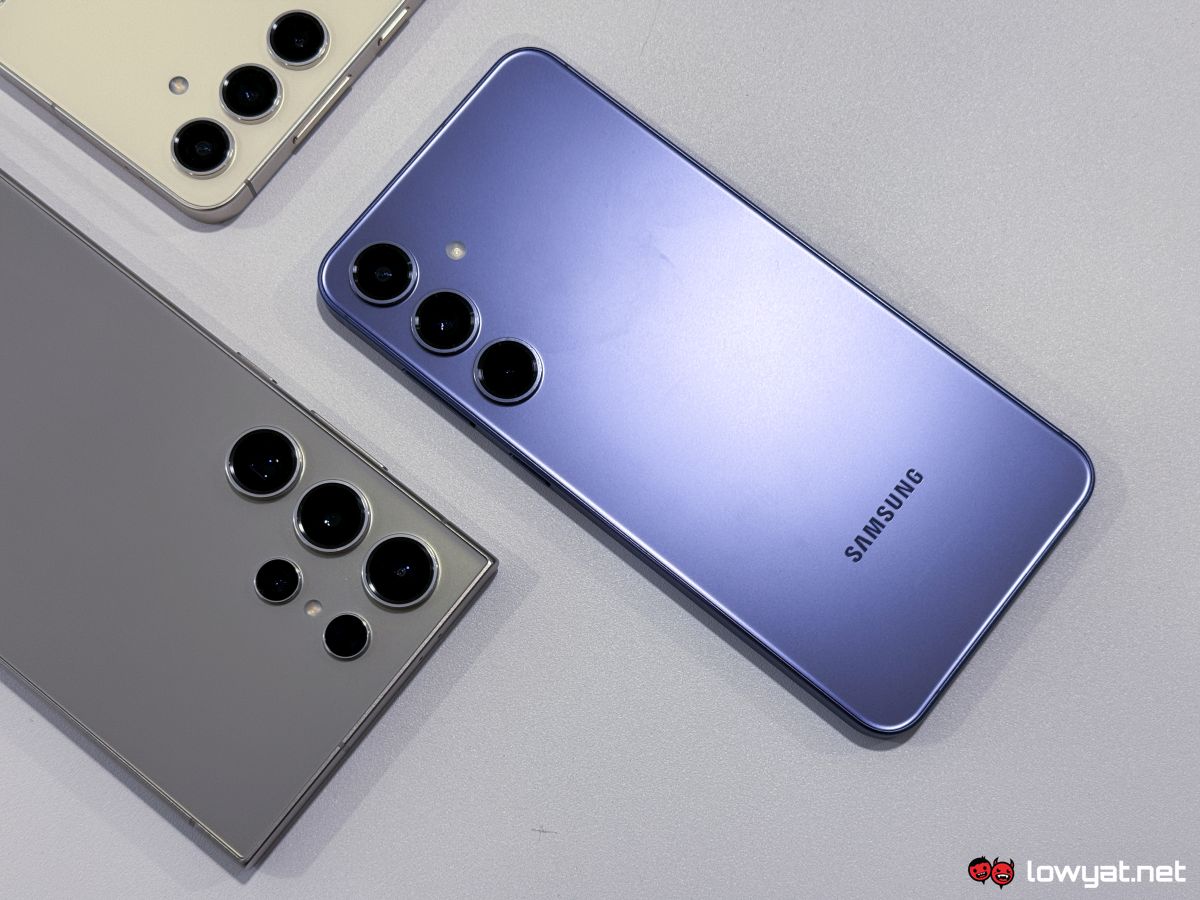
At best, the Samsung Galaxy S24+ is an obligatory generational update that’s only worth upgrading to if you’re currently on an older or even a mid-range device. However, if you’re on last year’s model, you can give this one a pass.
Whether you’re fascinated by Galaxy AI or not, you’re actually not obligated to own the new Galaxy S24 series in order to enjoy it. As recently confirmed by Samsung itself, the new feature will eventually arrive to its last-gen flagship line-up and foldables, as well as the Galaxy Tab S9 family sometime by mid-2024. So if you happen to own these devices, there’s little to no reason for you to shift over to the newer series, unless you’re not willing to wait that long.
In essence, the Galaxy S24+ isn’t a bad phone. While its upgraded hardware is substantial, the overall experience is more or less the same as its predecessor, especially if you disregard its new Galaxy AI feature. As for the Exynos 2400, Samsung’s in-house SoC manages to impress, but it still has some ways to go until it can achieve its dream of becoming a full-fledged third-party flagship chipset killer.
Follow us on Instagram, Facebook, Twitter or Telegram for more updates and breaking news.


